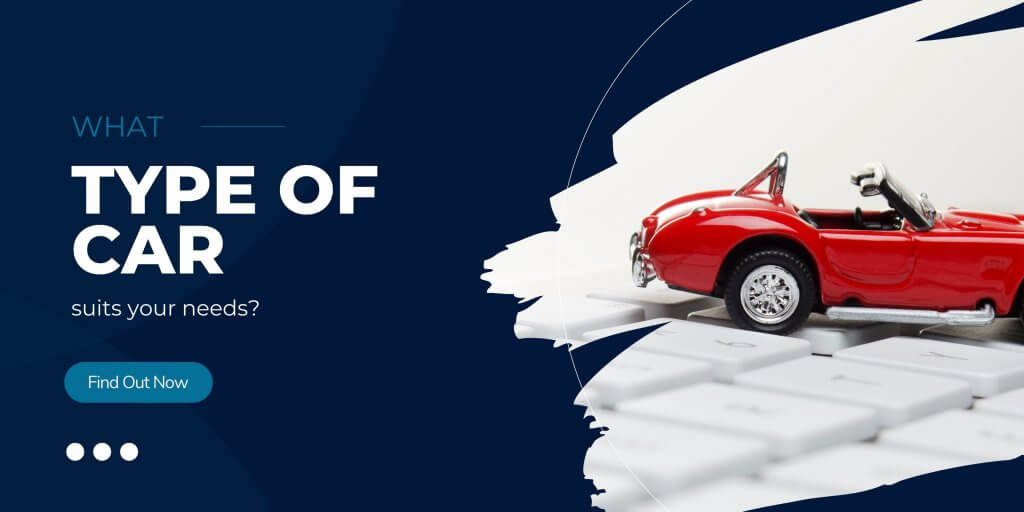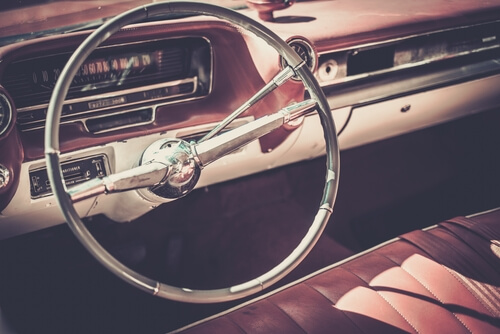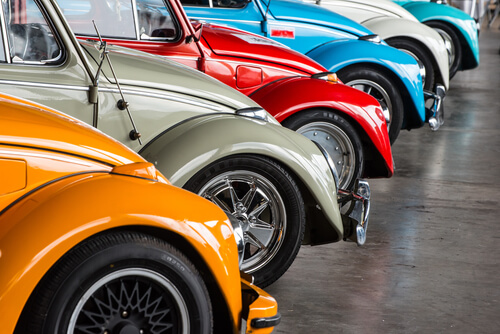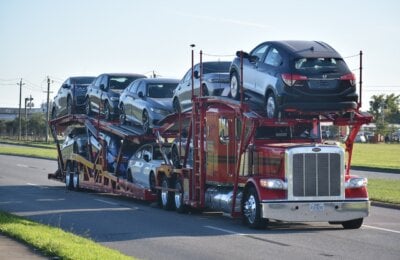
Reading Time: 8 minutes
While car shows, festivals, and auctions now buzz with energy, the classic vintage antique car market continues to thrive. With digital platforms evolving, collectors and enthusiasts have unparalleled access to global treasures. These cars, symbols of a bygone era, are just a click away from finding a new home, showcasing resilience and timelessness.
Captivated by the charm of classic vintage antique car? Our updated buyer’s guide is your roadmap to securing a vehicle that’s not just a mode of transport, but a piece of history.
Stay tuned as we drive into the essentials of acquiring a classic gem in today’s market.
What’s the difference between classic vintage antique car?
Deciphering Car Eras: Classic Vintage Antique Car
The terms “classic,” “vintage,” and “antique” car are thrown around, sometimes interchangeably. This leads to quite a bit of head-scratching. If you’re planning to invest in a car from a bygone era, knowing these classifications can make all the difference. Start now with our easy guide.
What’s in a Name: Classic Cars

A “classic” car is typically one that not only stands the test of time but also embodies the style and engineering of its production era. Organizations like the Classic Car Club of America (CCCA) have specific criteria for what qualifies as a “classic.”
Navigating the Past: Vintage Cars
The term “vintage” refers to cars that were manufactured between World War I and the early 1930s. These cars are not just old; they represent the innovation and spirit of their time.
Rolling Antiques: Antique Cars
“Antique” cars are generally defined as vehicles that are 45 years or older. They are the elders of the auto world, showcasing the origins and progress of automotive engineering.
Here’s a quick reference table to help you understand the differences:
| Term | Definition | Production Years | Notable Features |
|---|---|---|---|
| Classic | Cars that showcase the best of design and engineering from their era | Typically 20-40 years old | Often requires club or organization certification |
| Vintage | Cars made between World War I and the early 1930s | Approx. 1919-1930 | Characteristic of the post-war design and technology |
| Antique | Vehicles that are at least 45 years old | 45 years or older from the current year | Preserved or restored to maintain original features |
When you’re searching for a classic vintage antique car, keep these categories in mind to find the right fit for your automotive passion. Each category brings its own charm, history, and set of considerations, from the availability of parts to insurance costs.
As you gear up to find your perfect classic, vintage, or antique car, remember that these distinctions aren’t just about age—they’re about the legacy and story each vehicle carries with it. Happy hunting, and may you find the ride that speaks to your soul!
The Classic Car Club of America
The Classic Car Club of America (CCCA) maintains a specific definition of classic cars, recognizing only those made between 1915 and 1948 that exhibit fine design, high engineering standards, and superior workmanship. Hagerty Insurance, on the other hand, has a broader range for classic and antique cars, considering vehicles made from 1900 to 1979 as such. They also categorize cars made since 1980 as collector cars. In contrast, the California DMV defines Historical Vehicles as cars manufactured after 1922 and older than 25 years, with a separate Horseless Carriage category for cars with 16 or more cylinders made between 1922 and 1965. Replicas or modified cars are excluded from these classifications.
For more information on these classifications, you can explore the definitions further on Hagerty’s website or the Classic Car Club of America.
Thinking about buying a car from out of state? Our latest blog post, ‘Car Buyers Auto Transport: Easy, Safe, Reliable Shipping‘, walks you through the process. Enjoy a smooth and stress-free delivery. Check it out!

Buying a Classic Vintage Antique Car
Cars are considered an international commodity, and classic, vintage and antique cars tend to exchange hands across international borders all the time. As such, when you’re looking to buy a new vehicle for your collection, it would be worthwhile looking on sites with international sellers. However, international buyers tend to prefer buying cars from the US, so stocks might be limited. Nevertheless, it would be worth your while to scour all these sites for your dream car:
Autotrader Classics – This well-respected site is dedicated to classic cars. Most of the site traffic is based in the USA, but you can also find cars that are being sold by advertisers in different countries.
eBay Motors – More than a billion buyers and sellers use this site, but it’s probably a good idea to visit the dedicated eBay sites in a market that appeals most to you, namely the Australian eBay, the UK eBay, or German eBay.
ClassicCars.com – This site sees more than two million unique visits every month, which makes it a great place to look for American muscle cars, such as Firebirds, Corvettes and classic Mustangs.
Hemmings – At Hemmings – one of the largest classic car marketplaces – you can browse listings from the US, UK, Australia and Germany and you can buy parts here, too.
Dyler – This site is newer, having launched in 2018. However, the company has a worldwide audience, and allows people to list their classic cars for sale for free. That means that you can browse listings from around the world.

Post Pandemic
The pandemic is over and we’re allowed to roam freely! Now you can add these options to your list of places to buy classic cars:
Classic Car Auctions – Every lover of all things retro should visit a classic car auction at least once in their lifetimes. Classic car auctions are incredible, with beautifully shiny old cars and a crowd of awesome people. You can typically find high-end cars, however, you will not have the opportunity to properly inspect the car, and it is sold “as is”. Also, the auction fees can easily add up to 25% compared to buying a car from a private individual.
Classic Car Dealers – They get a bad rap, but like all other occupations, you get the good guys and the bad guys. Classic car dealers typically work on consignment basis. Private sellers leave their classic cars on the lot and pay the dealer a commission to drum up sales. Yet, other dealers buy cars directly from private sellers, and then try to flip it for profit. If you choose this option, check whether the dealer has had the car inspected. The nice thing about buying from a dealer, is that you can often negotiate a good deal.
Private Sale – Buying a classic car from a private seller takes a lot more effort than the other methods, but it’s a good way to score a good deal. Most of these guys are long-term owners who took great care of the machine and will want it to go to a good home.
Buying a Classic Car – for Beginners
So, you’re new to the classic, vintage and antique buyer’s market. Whether you’ve been bitten by the classic car bug, or simply want to go back to your highschool years when you drove a classic car, that’s alright. Many people simply want to turn a rundown classic into a restored masterpiece. Yet, others choose to buy investment-grade cars, hoping to turn a profit later on. People buy classic cars for a myriad reasons, and it’s important to understand your reasoning before you spend your hard-earned money on a rust-bucket you regret.
You might buy a project car to hopefully one day relive your past. It’s important to note that it could take several years before the project is completed. During that time, you cannot drive the car because it is unroadworthy.
Do You Time?
Of course, this scenario is ideal for a guy who loves fixing up things in their spare time. This project can keep you going for years to come. In some cases, you might spend a lot of time and money fixing up the car until it is in pristine condition, and then it might sit around a lot, with very little driving. In that case, it might not be a good investment.
If your intention is to buy an investment-grade classic, vintage or antique car that will sit in a protected, temperature controlled garage until you can sell it for more than what you bought it for, it’s important to do careful research. Collectors are typically seniors who are giving up their hobby, or are dying. The one issue is that cars from the 1950s and 1960s have not appreciated in price in the last decade. On the other hand, cars that were popular in the 1970s to 1990s are appreciating. The 70s dads are now old enough!

Classic Car Inspections
Bring in an inspector whenever you buy a used vehicle, private or dealer sale. Car inspectors are a second set of eyes. They ensure that the car you buy is the one that is advertised, and that the owner’s claims are fair. They can help you remain objective about your reasons for buying the car and that the car is suitable for your needs.
Classic car dealers and local car clubs will be able to refer you to a good car inspector. Alternatively, you can call a specialist restorer to do the inspection, or a mechanic.
Collector’s Cars Prices
When it comes to classic, vintage and antique cars, you will see all kinds of prices, and of course, conditions. In most cases, spending more money upfront will save you in the long run.
It’s not unusual to see ads where owners claim to have invested much more money than the asking price. The reason for this is that restoration projects take many hours, and the older parts are harder to find and therefore more expensive. It’s possible that the owner became bored and decided to sell the car. Or perhaps he is desperate for money. Maybe he’s downsizing.
Either way, it’s good to remember that the value of classic cars lies in sentimentality and scarcity, rather than practicality or functionality. The price you will pay when you buy a classic car is based on demand and condition.
Buying Your First Classic, Vintage or Antique Car
A rare or vintage car is not the best idea for a first foray into classics. Why? Rare models are harder to restore due to limited parts availability. Popular cars can be built out of a catalog and spares are readily available. Rare cars have less support.
Speaking of support, there are many classic car clubs for mainstream cars. It provides an opportunity for you to connect with likeminded people. You may not feel as part of a community if you have a rare car.
If your dream has always been to own a specific car, you might make the emotional decision to buy a rare classic car. It’s normal. But bear in mind the fact that you will probably decide to sell the car one day. More common classic cars already have an established marketplace, which makes it easier to sell them.
Ultimately, your budget will determine the price range you’re looking at, and that will determine the car you buy and how much time and money you invest in restoring it.

Bring your baby home with Nationwide Auto Transportation
Eager to park your newly acquired classic, vintage or antique car in your garage? Nationwide Auto Transportation is ready to help. Our enclosed car carriers are the perfect solution for protecting your prized vehicle from weather and wear during transport.
Opt for our Classic Car Shipping service for ultimate protection. If you’ve snagged a non-operational gem, skip the tow with our Vintage Car Transport. Don’t risk additional miles or potential breakdowns — our Enclosed Auto Transport ensures your classic arrives pristine and untouched.
For the cars that can’t hit the road legally, like those with a scrapped title, Nationwide Auto Transportation offers a seamless shipping experience. Dive into our additional services:
- Door-to-Door Transport for convenience.
- Expedited Shipping when time is of the essence.
- Heavy-Duty Shipping for larger collector vehicles.
- Auction Auto Transport for your auction wins.
- International Car Shipping for global collectors.
Ready to arrange safe passage for your vintage beauty? Contact us today for a personalized transport plan tailored to your classic vehicle’s needs.



